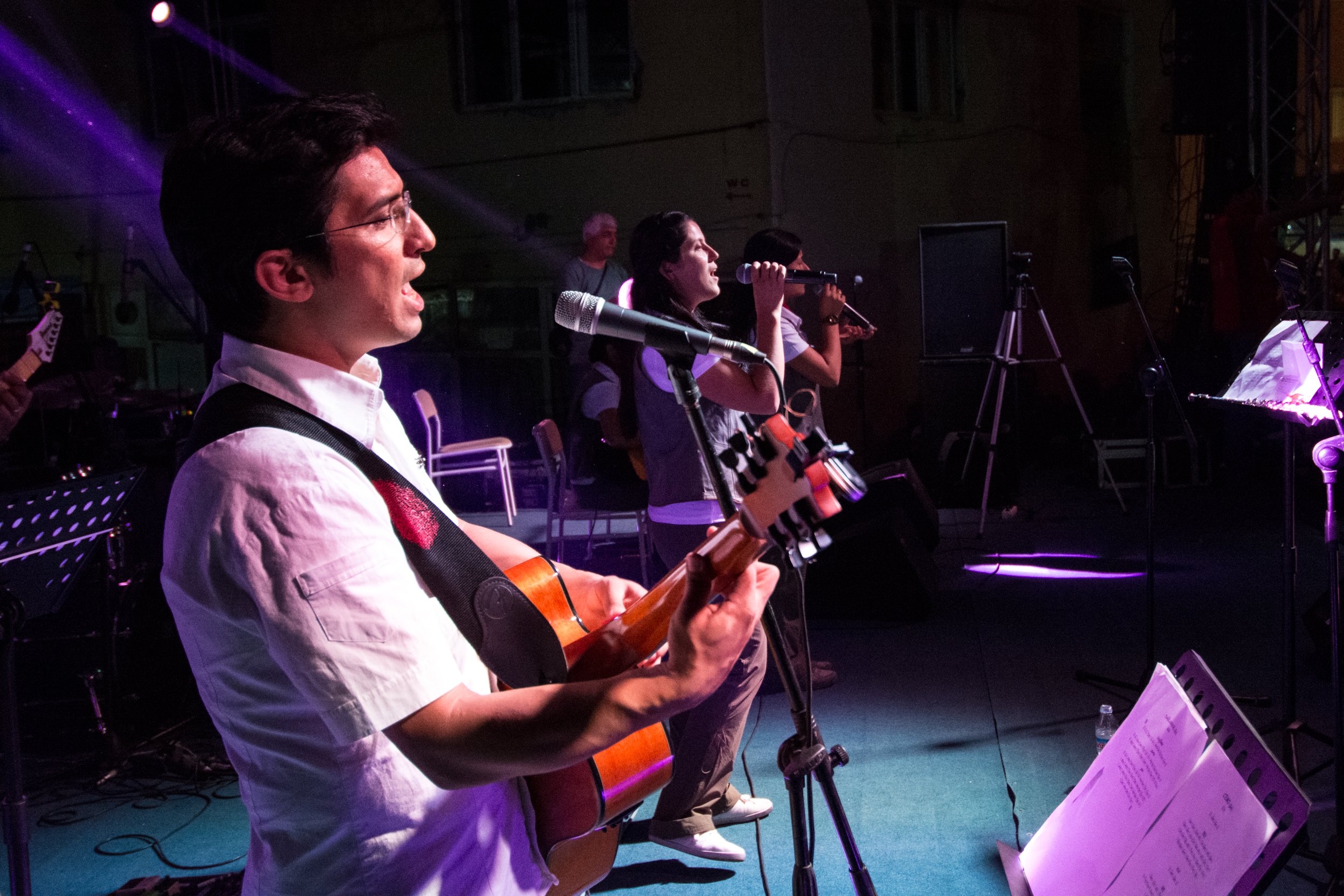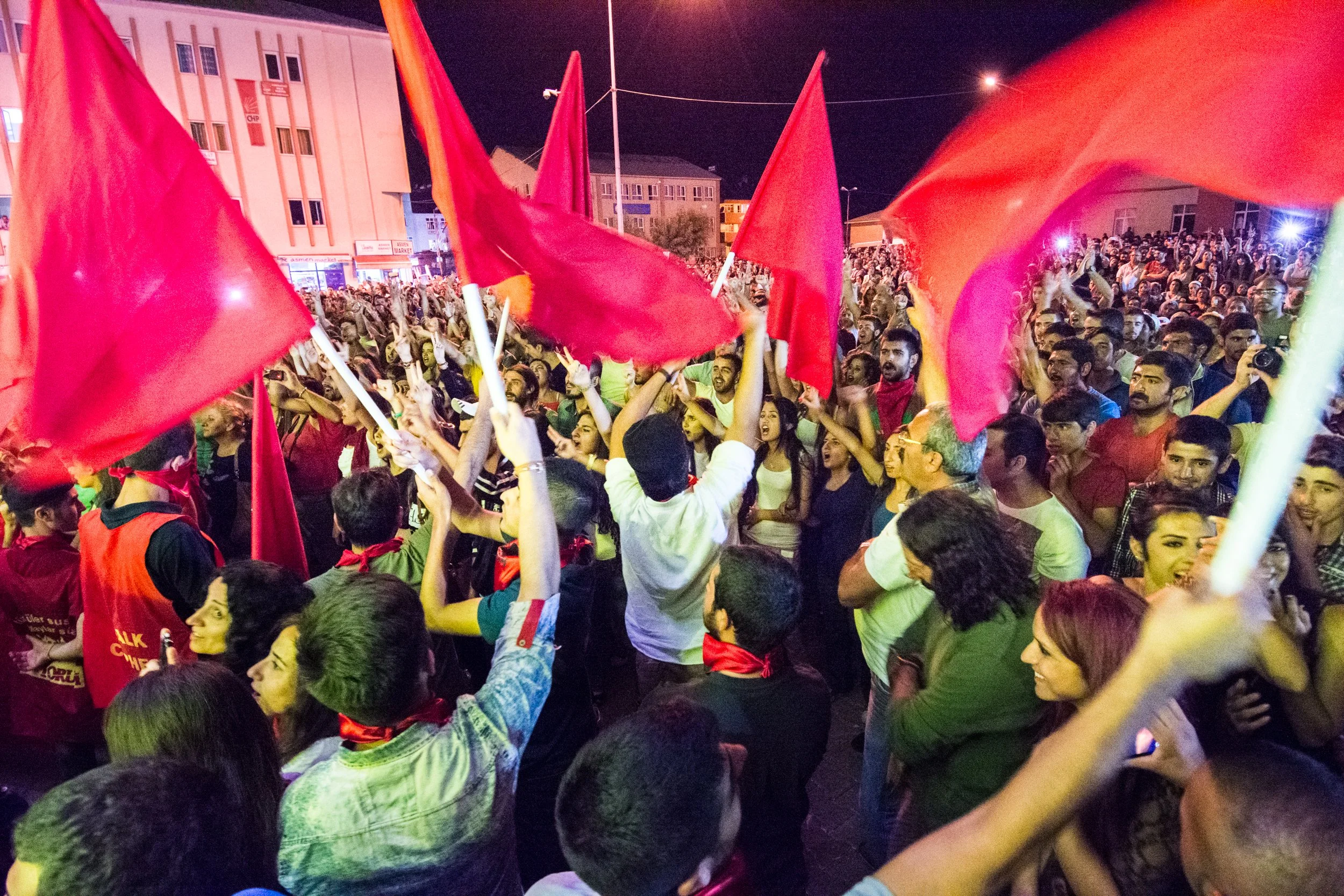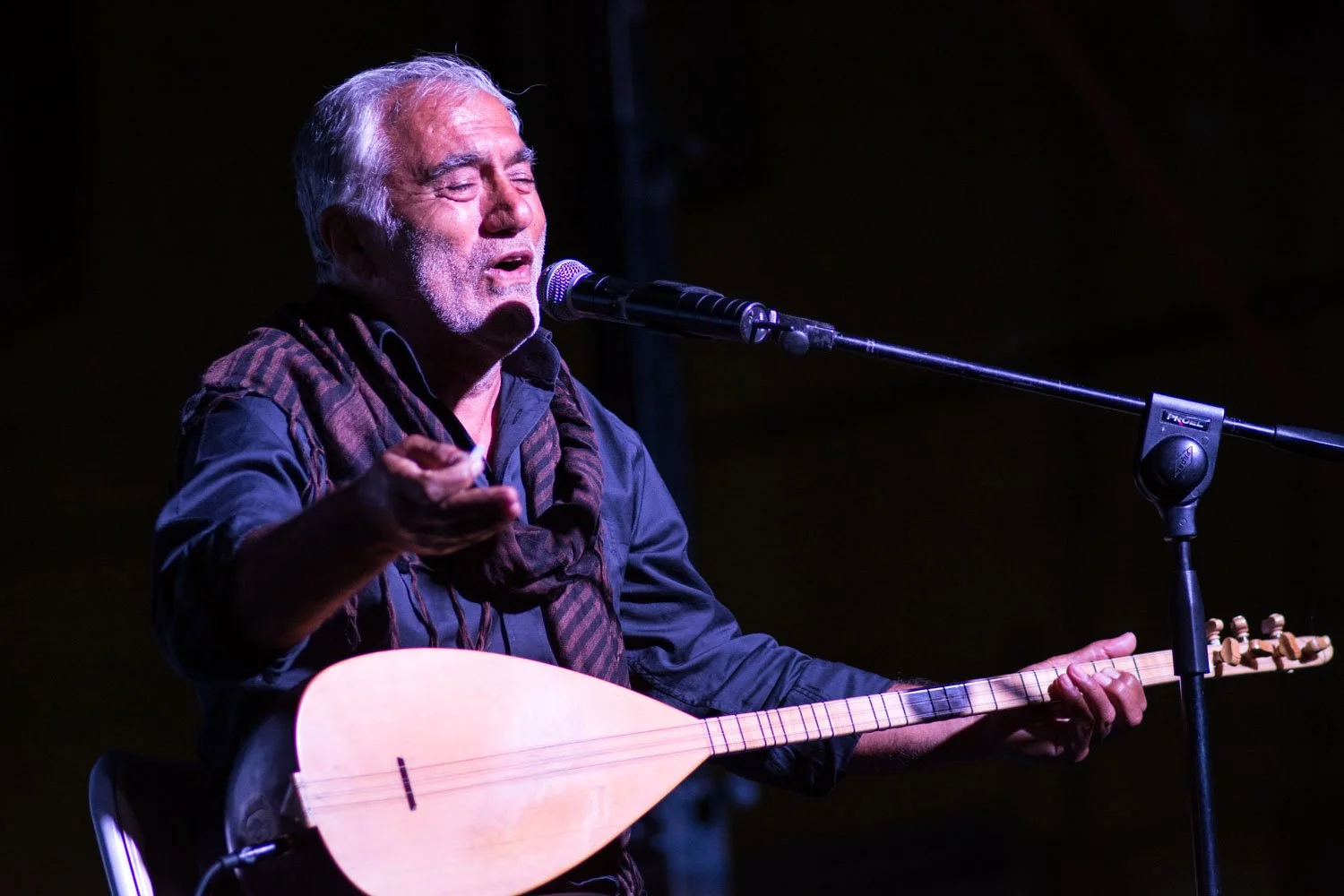
Music in Munzur
Music with local, traditional roots is ubiquitous in Dersim. Heard in homes, shops, restaurants, cars, and during religious services, it often feels like life there is being lived to a soundtrack. While some musicians playing today stay faithful to the styles in which the songs of the region have been played for centuries, others merge age-old ideas with contemporary influences, creating tunes that have become popular as far away as western Turkey and Europe, especially among Kurdish Alevi diaspora communities. In the Munzur Valley, the musical highlight of the year is the annual Munzur Culture and Nature Festival, which features three successive nights of free live concerts by over twenty performing artists.
The type of music that comes from Dersim has long been known as Ağıt, which is the Turkish word for lament. In the local Zaza language, however, the songs are simply called songs, using very general terms – Lawıke / Lawuka, Hewa or Kılam – without describing a mood or defining a genre. That ‘a song’ to Zaza speakers is ‘a lament’ to Turkish speakers highlights the fact that most of Dersim’s traditional music was – and still is – used to express feelings of mourning and sadness, commonly in reference to the violent death of revered figures.
The massacre of Husayn and his family at Karbala (see Alevism) is the most pervasive and emotionally potent subject of Kurdish Alevi music. While the tragedy of Karbala is one of the foundational myths of Shia Islam and its veneration reverberates through the soul of that faith, the story is of lesser significance to Alevis; while not central to the religion, it is often used as a metaphor or symbol for the Alevi experience of being an oppressed minority. In Dersim, for example, history is depicted as a never-ending series of events in which Karbala is perpetually repeating itself, thus confirming an identity that is formed around persecution by the state and Sunni Islam. That identity is reinforced by themes common in Kurdish Alevi music – as well as by the actual actions of the state and some Sunni groups. Recent examples of modern day Karbalas include the atrocities committed against Alevis in Dersim in 1937-38 and 1994, and in Sivas in 1993.
During the Alevi cem ceremony, songs are performed not only to commemorate tragedies, but also to induce mystical trance through communal rituals of lamentation. Many of the texts of these songs are commonly ascribed to Pir Sultan Abdal, a wandering Kizilbash poet, and Shah Hatayi - who is actually the founder of the Kizilbash movement. (For more on the Kizilbash, see Alevism).
Ali Baran, master of the bağlama, performs at the 2014 Munzur Festival
The essential instrument in traditional music from Dersim is the seven-stringed bağlama, though some people still strum the smaller three-stringed cura – which is said to have been handed down from the family of Mohammed and is often played during funerals. The violin is a popular element in folk tunes, though these days the traditional version of the instrument has been supplanted by the European one. In general, songs tend to be sung by men, but women lay claim to certain musical motifs, whose themes include remorse for marriages, legendary love stories, discontent with life, feelings of loneliness, poverty, and mourning. Most importantly, women improvise lamentations at funerals. Throughout Dersim, Alevi religious songs are almost always sung in Turkish, while folk songs are sung in the local dialects: Zaza – in most places, including the Munzur Valley – and Kurmanci, in a few small areas.
Before the 1930s, songs were always passed down directly from master to pupil and within families. Following the massacres and deportations of 1937-38 (see Dark Days), the age-old system of transmitting music through the generations was shattered, and the body of traditional songs from Dersim was in danger of being lost.
Fortunately, since the mid-Twentieth century, a number of efforts have been made to record and collect traditional songs. Today, well-known artists regularly perform traditional songs, which are sometimes re-written with lyrics based on the recent history of Dersim. One crucial theme of these new works is the massacre of 1937-38, accounts of which have been derived from interviews that Cemal Taş and others conducted with survivors. Though the incidents being commemorated occurred in living memory of some people, these moderns songs are deeply connected to the music of Dersim from centuries ago, as they focus on mourning over tragedies, and the Kurdish Alevi history of violent oppression. Among the best-known musicians from Dersim today are Metin & Kemal Kahraman, Ferhat Tunç, Aynur Doğan, Yılmaz Çelik, Mikail Aslan, Ahmet Aslan, Emre Saltık, and Rahmi Saltuk.
Metin Kahraman
Arguably the most popular music in the Munzur Valley that originated outside of Dersim is played by overtly Communist-leaning bands, such as Grup Yorum and Grup Munzur, who write songs with Turkish, Kurmanci, and Zaza lyrics and draw wildly enthusiastic crowds to their performances.

Grup Yorum, at the 2014 Munzur Culture and Nature Festival

Communist flags are waved during a performance by Grup Yorum.
Watch the videos below to see and hear some music from the Munzur Valley
Ecrim Varliel - Lament for Dersim
Alevi religious song, from a cem ceremony
Grup Abdal at the 2014 Munzur Culture & Nature Festival
Ecrim Varliel - A Love Song
Huseyin Dinler performs a folk song
A montage of performances from the 2014 Munzur Culture & Nature Festival
Continue reading about why Munzur’s traditions remain important, now and for the future, in Today & Tomorrow


